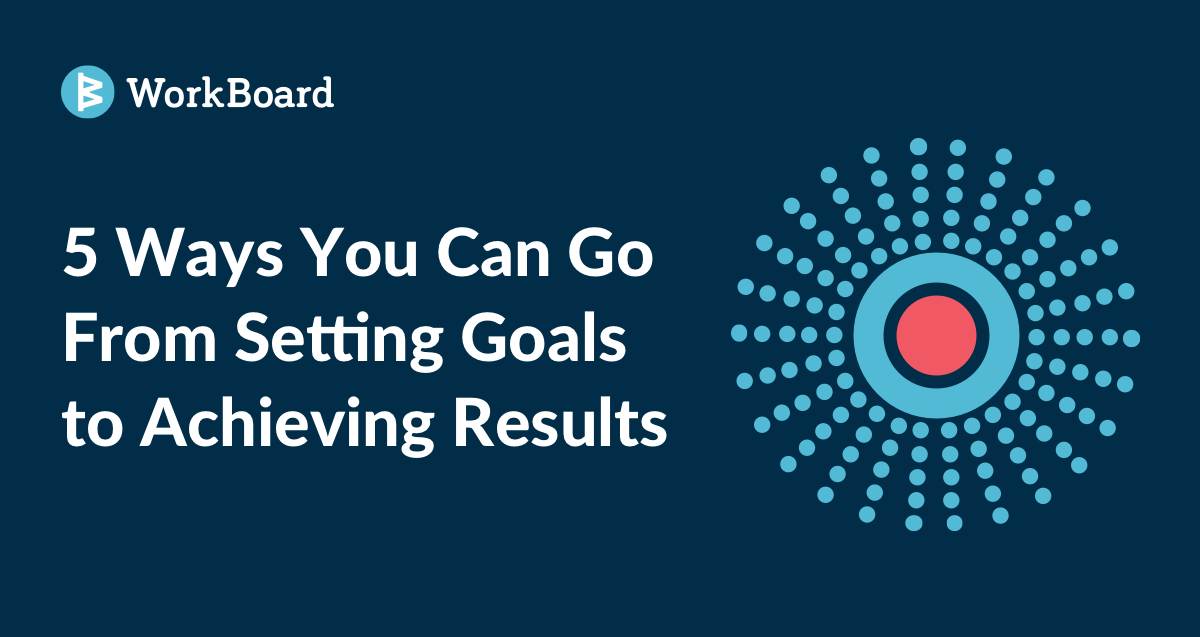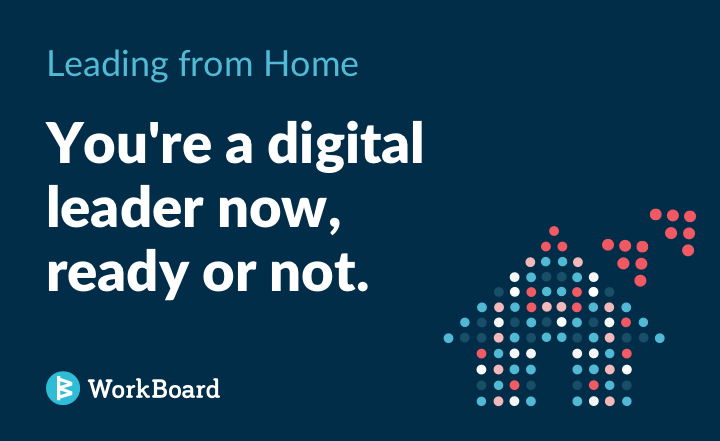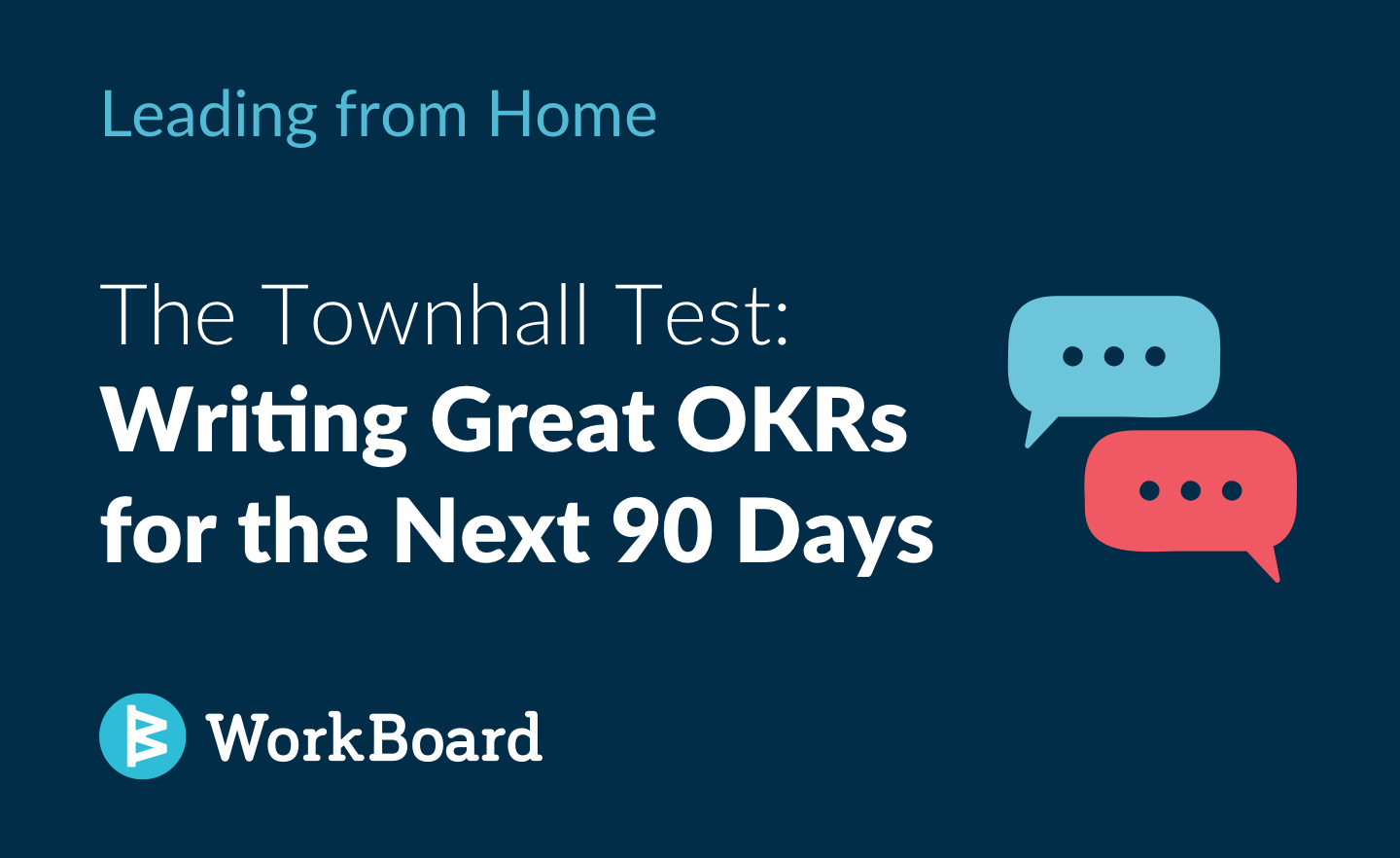
As the quarter came to a close, Tania gathered her team together to celebrate the on-time and under-budget completion of all their tasks over the past three months. She and the team put a lot of work into their relationships, communicating and collaborating effectively at every turn and were feeling proud — their VP, Jamie, had even given them a shout-out at the last all-hands meeting for performing so well.
As Tania and her team were celebrating, Jamie was meeting with the CEO a few floors up to review the quarter.
“This is definitely great work,” the CEO said as he looked up from his laptop, “but I can’t see how any of it is driving the business outcomes we want.” In the silence that followed, Jamie felt anxious. Not only had there been no expectation set about the team’s work driving those business outcomes, there hadn’t been any communication of what they even were.
Everyone loves completing a task and the dopamine boost that follows ticking an item off their to-do list. But when those tasks don’t amount to more than just getting something done — if they don’t lead to greater overall results — then that euphoria is an end unto itself, with no higher purpose served.
In business, completing tasks or generating output for its own sake is busy work; it’s habitual work, it fills up the day, it gives people something to point at and say, “look what I did.” But without any meaningful outcome being driven by those outputs, what did they really do? When valuable time is poorly spent, it’s demoralizing to the team that did the work — and frustrating to the executive with commitments to stakeholders.
Project management platforms such as Asana, Monday, Wrike, and others, are great solutions for tracking tasks and activities — but they're woefully bad at helping teams align and measure real business outcomes. In fact, measuring the completion of tasks gives teams false comfort and little more than a vanity metric for their work. These platforms are great for getting things done but fall short in tying those outputs to the outcomes established by leadership that drive the business forward and the accompanying, measurable results.
Had Jamie known and shared the CEO’s desired outcomes with Tania and her team, they would have clarified the outcomes the team should drive — the business measures of success — and could have then organized around the right activity to achieve the outcomes. For instance, Jamie would have been able to quantify the value her team contributed, not just the boxes they checked.
Output and activity mindset
Outcome and results mindset
Do sales training.
Publish the sales playbook
Enable our sales team to compete and win!
75% of sales reps rate the playbook 4 stars for effectiveness.
Ship 6.4 release
Finish 17 items in the backlog
Make Digipay delightfully fast for our customers
Reduce user steps in payment flow
Cut transaction processing time by 3 seconds
Output and activity mindset
Marketing
Do sales training.
Publish the sales playbook
Product
Ship 6.4 release
Finish 17 items in the backlog
Outcome and results mindset
Marketing
Enable our sales team to compete and win!
75% of sales reps rate the playbook 4 stars for effectiveness.
Product
Make Digipay delightfully fast for our customers
Reduce user steps in payment flow
Cut transaction processing time by 3 seconds
Platforms developed for projects have capabilities for workload and time management tuned to help front line and mid-level marketing and dev teams coordinate tasks — and some (Jira, Azure DevOps, Asana, etc.) integrate with an Enterprise Results Platform — but they are not designed to align the organization cross-functionally, measure outcomes, and drive the strategic priorities that ultimately matter to the enterprise.
Strategy and execution are symbiotic, but not the same. For most organizations, clarity and cross-functional alignment on desired results — not just activity — is crucial to achieving their strategies. When siloed teams focus on their tasks and execute without that alignment, companies lose customers and market share. This is the definition of strategy-execution breakdown.
Moreover, cross-functional teams have real dependencies and need continuous transparency on peer team progress on results — sales needs to know what marketing is driving, what product is building, and how customers are doing. Great company results and metrics come from alignment and focus on smart team metrics.
This results alignment, transparency, and interoperability that enables organizations to deliver their best results can only be found in an Enterprise Results Platform designed for everyone within the enterprise — from the leadership team to individual contributors.
- Shifting to an Outcome Mindset™ - too often, teams get locked in an activity mindset where production is confused with progress — every team is getting stuff done but the enterprise isn’t achieving its ambition. As team members work from their individual homes and balance the collision of work and home, clarity on the outcomes of their work liberates them to choose their course of action and focus on their time’s potency over quantity. An Enterprise Results Platform gives teams a framework for defining, aligning, and measuring real outcomes, and makes their outcomes visible beyond their own small team. Tired team members working from home know they have real impact, that it’s seen, and can be appreciated by the CEO and everyone else.
- Measuring what really matters - Many business outcomes are precise measurements of incremental gain. For example, improving revenue retention from 92% to 96%, reducing downtime by 22 minutes each month, increasing consumption of a feature by 25%, or driving that consumption to 66% every week are results of the work one or many teams should create. Results Management Platforms are how teams set and measure authentic improvement targets, and get day-to-day visibility on whether their work is producing the right results — or not.
- Forecasting outcomes in real-time accurately - an Enterprise Results Platform not only measures progress but also calculates whether the pace of results is enough to accomplish what they want in the quarter. The platform “does the math” for the team to make data-driven decisions.
- Tying the team’s results to the organization’s business results and operating plan - managing OKRs in an Enterprise Results Platform ensures that the contributions of both hierarchical and cross-functional teams align with the annual plan and business strategy. They provide a single pane of glass and unified view of the progress and contribution toward strategic priorities from every team — without the need to access each department’s task tool of choice or examine the task detail to infer what the business outcomes might eventually be.
- Going beyond intuition using team meetings with agendas and information - the automated metrics that an Enterprise Results Platform surfaces guide teams toward making only the decisions that will drive results effectively. The metrics and information is incorporated into meetings and 1:1 agendas as well as Running Business Reviews. With fresh data, those decisions are always based on what's happening now — not what was projected at the beginning of the month, quarter, or year.
- Leading with transparency across the org - an Enterprise Results Platform connects the objectives of every hierarchical and lateral team in the organization so that every leader and individual contributor can see the objectives and progress of the teams around them and the connections between them. This transparency facilitates collaboration and communication between teams — increasing effectiveness and reducing redundancy. Perhaps most importantly, when everyone can see where a struggle is occurring, they can direct resources toward eliminating roadblocks and moving that project forward.
Moving forward with impact requires more than crossing off items on a to-do list — it requires clarity on the outcomes desired from the team’s work, alignment of those to the business’s strategic priorities, clear metrics for accountability, and enterprise-wide transparency. Enterprise Results Platforms allow businesses to bring all that and more — including data — into one place, to help the company and the teams in it achieve their best results faster.
A few quarters later, after the CEO had implemented an Enterprise Results Solution and rolled OKRs out through the enterprise, Jamie got together with Tania and her team. Their work was still on-time and under-budget and, more importantly, the measurable business results she was achieving with her budget had doubled. And, instead of getting a shout-out from Jamie, they got one from the CEO.









